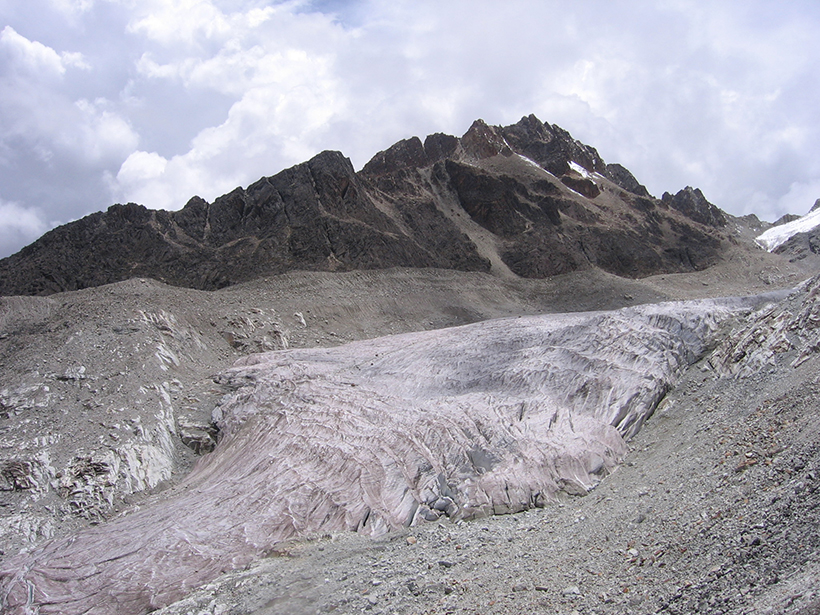Investigadores han encontrado nuevas conexiones entre las condiciones climáticas del fenómeno “La Niña” y la enfermedad más letal para los niños a nivel mundial.
Eos en Español
Posted inNews
Los Incendios del Amazonas Contribuyen al Derretimiento de los Glaciares Andinos
Investigaciones recientes revelan que las emisiones de carbono negro producidas por los incendios en el Amazonas causan que los glaciares en los Andes absorban más radiación solar y se derritan más.
Posted inNews
Cortes de Energía, PG&E y el Futuro Vacilante de la Ciencia
Mientras los legisladores debaten sobre los apagones como una medida paliativa para resolver el problema de los incendios forestales en Estados Unidos, la ciencia pende de un hilo.
Posted inNews
Enjambre de Terremotos Inusuales Golpean a Puerto Rico
Puerto Rico no había visto tantos sismos fuertes en una sola secuencia desde que comenzó el monitoreo sísmico hace 46 años. El último terremoto que dañó la isla gravemente ocurrió en 1918.




